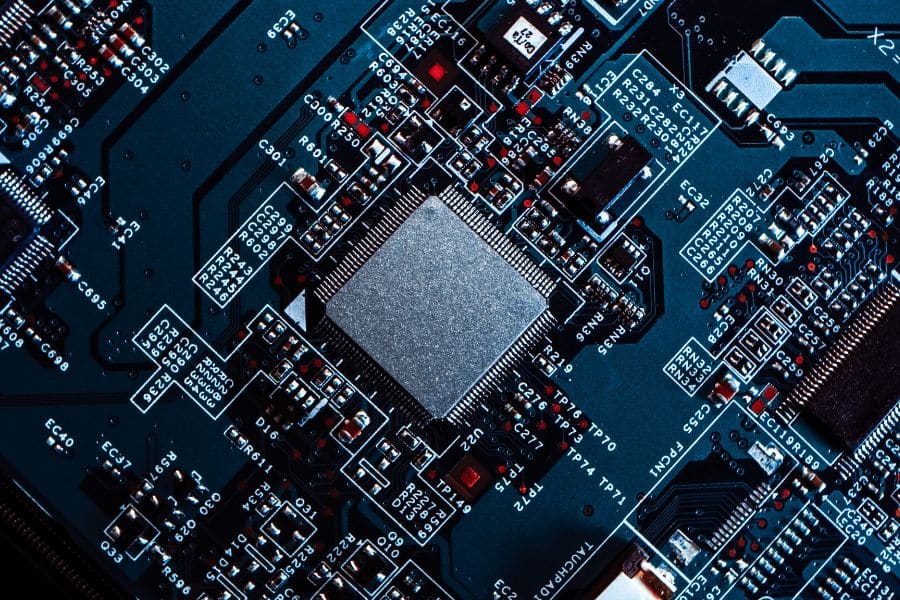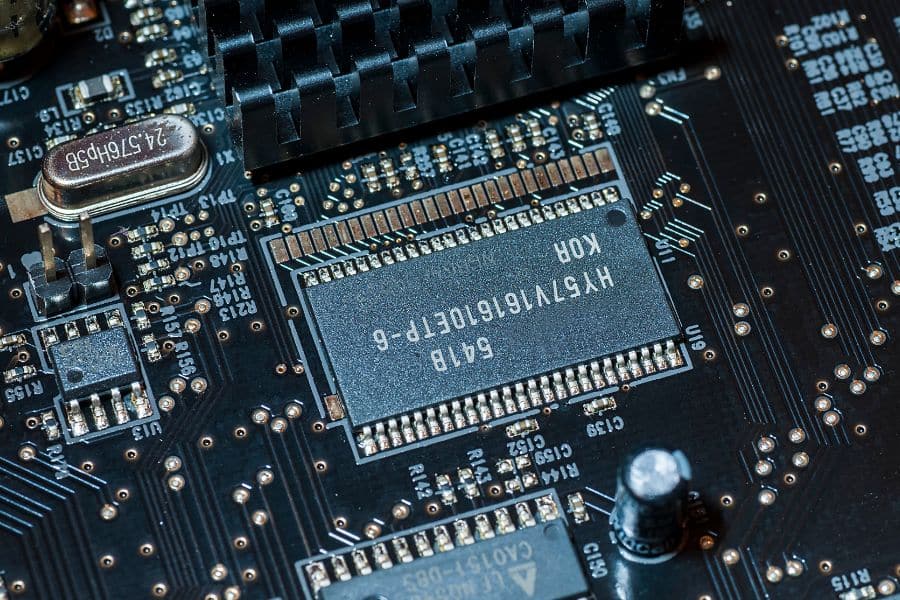
At JHYPCB, we understand how critical it is to have a prototype when designing printed circuit boards. A PCB prototype allows you to validate your design before committing to full-scale manufacturing. Creating a PCB prototype is an essential step in the development process for electronics engineers and designers.
But why exactly do you need a PCB prototype? What value does building a prototype bring compared to moving directly to manufacturing your finished board? In this blog post, we’ll explore the key benefits of prototyping your PCB design. We’ll look at how it can improve functionality, reduce costs, accelerate time-to-market, and enhance overall quality. With over a decade of experience in quick-turn PCB fabrication and rapid PCB prototype services, we’ve seen these benefits first-hand. Read on to learn why it’s so important to prototype your next PCB design.
Table of Contents
#1. Validate Design Functionality and Specifications
One of the biggest advantages of building a PCB prototype is that it allows you to test and validate your circuit design thoroughly. Making a prototype board lets you verify that your PCB layout and component choice will work as intended before full production.
Test Circuit Operation
With a prototype, you can power up your board and ensure the circuit operates correctly. You can validate the key functions and performance meet product requirements. This verification is vital before manufacturing a large quantity of boards.
Verify Board Dimensions and Component Placements
A prototype also lets you validate that the physical PCB dimensions and component placements are correct. You can check that connectors, buttons, displays, and other parts fit and are oriented properly on the board. This confirms your PCB layout is designed correctly for the enclosure and application.
Validate Against Design Requirements
In addition, PCB prototyping enables validation against electrical, thermal, mechanical, and other design requirements. You can test specifications like power consumption, signal integrity, thermal dissipation, vibration resistance, etc. This is important to verify the board will operate reliably in the product.
Make Revisions Easily at the Prototype Stage
Finally, if any issues are discovered during testing, they can be easily corrected at the prototype stage. Design errors and component problems are significantly cheaper to fix on a prototype before mass production. Prototyping greatly reduces risk by allowing validation of the design.

#2. Reduce Costs of Design Changes
Another major benefit of creating a PCB prototype is that it reduces the costs of any design changes needed. Modifying a prototype board is much cheaper than making changes after full-scale manufacturing begins.
Cheaper to Modify Prototype
If testing reveals any required design tweaks or component substitutions, these revisions can be done easily on the prototype. It involves only the cost of materials and assembling a few boards. This is far less expensive than altering an entire production run later on.
Avoid Expensive Changes after Manufacturing Starts
Making changes after manufacturing begins leads to high costs and delays. At a minimum, you must scrap already built defective boards and absorb wasted materials and labor. Larger design changes might even require altering the PCB fabrication tooling, which is extremely expensive.
By thoroughly evaluating and optimizing the design with a prototype first, you avoid making changes after significant time and money have been invested in manufacturing. This saves you from costly revisions later on.

#3. Accelerate Time-to-Market
Prototyping your PCB design also enables you to bring your product to market faster. Developing and evaluating a prototype helps accelerate your overall development timeline.
Develop and Test Faster
Engineers can assemble, evaluate, and test concepts much faster with a prototype than with finalized manufacturing. Quick-turn prototype boards can be produced in just a few days. This enables faster learning, verification, and improvements.
Bring Product to Market Quicker
By speeding up the product’s development, testing, and refinement, PCB prototyping allows you to launch and begin selling sooner. This faster time-to-market provides a competitive advantage over rivals.
Stay Ahead of Competition
Being first to market with an innovative product enables you to establish market share before competitors. The quicker you can develop a stable PCB design via prototyping, the faster you can disrupt your industry. This positions you ahead of competitors.
Prototyping is a key step in compressing development timelines to accelerate the introduction of new products and technologies. It gives you a time-to-market edge.

#4. Improve Overall Quality
In addition to faster time-to-market, building a PCB prototype also enables higher overall quality of the final product. Thoroughly testing the design helps identify and resolve issues before manufacturing.
Thoroughly Test Design
Constructing a prototype allows comprehensive testing of the board’s functionality and performance. Corner cases and stressful conditions can be evaluated to flush out flaws. Robust testing at the prototype stage enhances reliability.
Identify Defects Early
Prototyping finds problems early when they are cheaper to fix. Latent defects can be detected and corrected before production starts. This prevents expensive field failures down the road.
Refine Manufacturing Process
Building prototypes also helps refine the board assembly process. Manufacturing steps can be optimized and stabilized before scale-up. This results in higher initial quality off the production line.
Enhance Product Reliability
In summary, PCB prototyping enables more robust design validation, defect detection, and process improvements. This increases reliability, reduces warranty costs, and improves customer satisfaction.
Conclusion
In conclusion, creating a PCB prototype is crucial before manufacturing your finished circuit board design. Prototyping provides multiple benefits, including:
– Validating the design meets functional and specification requirements
– Reducing costs by fixing issues early before production
– Accelerating time-to-market by enabling faster development
– Improving overall quality and reliability through robust testing
At JHYPCB, we offer fast turnaround on professional-grade PCB prototypes to help you verify your design. With our state-of-the-art fabrication capabilities and rigorous quality processes, we can quickly produce prototype boards to meet your exact requirements.
We can deliver whether you need a simple two-layer board or a complex multilayer HDI prototype. Our engineers are also available to provide expert PCB design support if needed. Contact us today to learn more about our quick-turn PCB prototype services.
Verifying your design with a prototype is a smart investment that reduces risk and ensures you develop the best possible finished product. Partner with us to make prototyping easy so you can focus on innovation.
Related Posts
- Why is the prototype PCB manufacturing so important?
- The Cheapest PCB Prototype Manufacturer-Your Best Choice
- Important Things to Consider While Ordering PCB Prototype Service
- Prototype PCB Fabrication Service Price in China
- What Are The Requirements To PCB Prototype Manufacturing?
- How To Buy Prototype PCB Boards?











